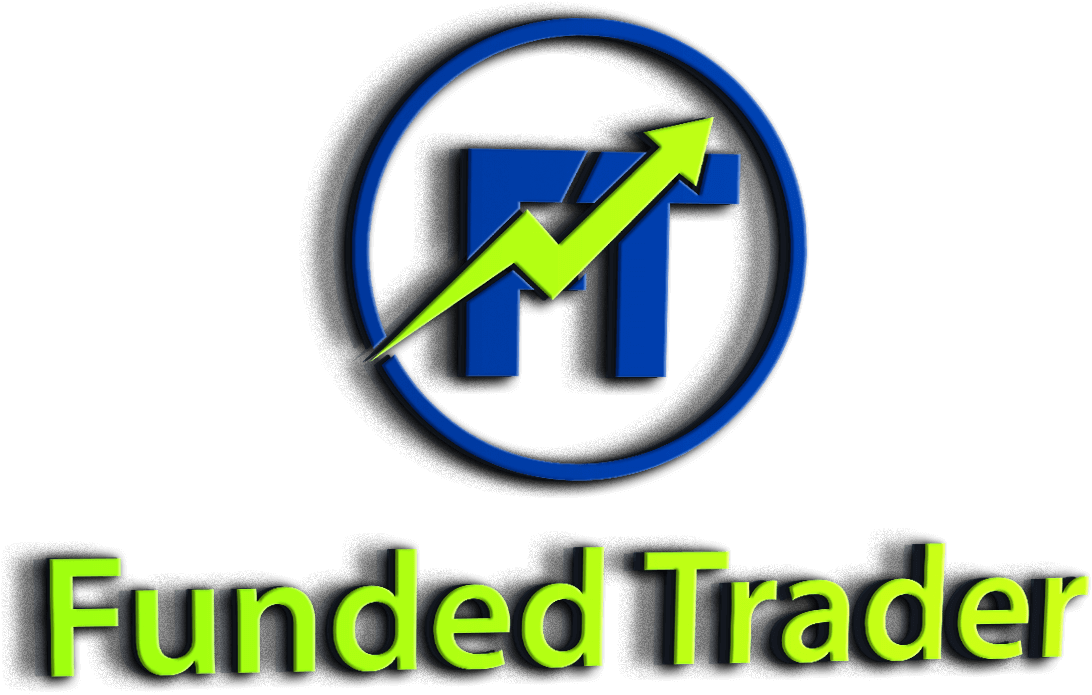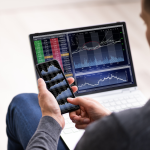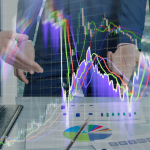Making the Switch: A Comprehensive Guide to Transitioning Between Trading Strategies
The frustration can be sensed from the topic, as you have witnessed past experiences and understand that the path of the trader is a challenging one, full of twists and unexpected turns, inclined to haunt you. Your victories are day-by-day fleeting from your hands, while your losses find a big home in your mind.
Your emptiness seems endless at times, doesn’t it? Just imagine each trade you place feels disconnected from the last one, drifting in an unknown ocean of chaos and uncertainty even more. You notice that the orderly patterns you always seek seem just out of reach.
You constantly watch the charts for long hours, searching for a good edge, a hint of predictability in the noisy data. But as soon as you enter a position, the market reverses or slaps you back, betraying your rational justification for the trade.
Here, I need to ask you: Did you skip something? Or is there some crucial factor outside your model that didn’t touch everything? I know your doubt creeps in and erodes your confidence gradually, making each subsequent trade a little more doubtful for you.
There is also a noise of financial media consistently prepared to bombard you with ideas, strategies, and gurus promising to unlock the secrets of wealth from the Forex market. By listening to them or adapting to them, you try some and adopt others, but nothing clicks.
Still, your performance remains bumpy, inconsistent, as if nothing ever happened according to your expectations. Then your senses start gossiping to you and later you begin to wonder if you even have what it takes to be a trader.
While your trading friends talk of easy riches from the comfort of their laptops, you think your journey feels like slogging through a wilderness without a map. Know this for sure: dark clouds never make their home always and you are not alone in your struggle.
The market gods toy with even the most seasoned traders. You are still a new learner getting your feet wet and testing the waters. If you choose this incredible lifelong or even temporary hustle, remember doubts will certainly arise and your confidence will waver.
But do not despair, for though darkness gathers, the light of hope still ignites within you, I believe. You are more than robust trading algorithms and indicators, even more than wins and losses well computed on a screen.
You are a captain of the soul, called to navigate fortune’s restless sea—not by following in others’ wake but by charting your own course with wisdom forged in struggle.
I really understand whatever you have gone through, as I was once in your shoes: the emptiness you speak of, the disconnected feeling as each trade floats away like a leaf on a turbulent stream. The patterns you seek remain stubbornly obscure even after hours of poring over charts.
And yet, it is in that very mysteriousness that opportunity lies in wait. The market’s madness holds mysteries that yield only to those with eyes to see and faith to strive. Never forget that! I think changing trading strategies can be a daunting prospect at first glance.
Your change will never be easy. When something has worked for you, abandoning it for the unknown seems downright foolish. But hanging onto a failing strategy out of comfort or fear traps you in a losing game.
I know that feeling all too well! As traders, we pore over data, tweak our indicators and convince ourselves we’ve found an edge, only to have the market prove us wrong. What began as a promising approach grows stale—but moving on feels downright terrifying.
It reminds you of that first day in middle school, walking down unfamiliar halls, sink or swim. Launching a new trading strategy without your trusty “fallback plan” makes you anxious. What if this change makes things worse? At least you know your old system’s flaws; the new one is a complete mystery!
But notice that fear of talking. It wants you to stay stuck, clinging to what’s “safe”—even if that means ongoing, avoidable losses.
Think of it this way: Your current strategy isn’t working. Remaining stuck guarantees mounting red ink and frustration. But change, when done right, offers tremendous hope. There are always improving opportunities if you’re willing to upgrade your approach.
So how do you make the switch in a smart, controlled manner?
Testing Strategy Thoroughly:
Now, before diving in blindly and fully funding a new strategy idea, please do your homework. Imagine it’s your exam—study first and don’t ever rush headlong into putting real money behind an untested idea. It’s insane; instead, proceed with patience and diligence.
You need to first backtest the strategy using historical market data and notice how it would have performed over the years, not just months. Simultaneously, don’t forget to assess the drawdowns and risk levels it would have endured alongside the average returns it may have generated. Backtesting is a godsend since it reveals potential issues you may not have considered before.
Once your fresh strategy survives its virtual trial, it’s time for a probationary period, during which you monitor the strategy through different market phases and volatile swings. Learn to see how it copes with emotions you can’t simulate. Also, take note of any flaws that surface only when real money isn’t at stake.
Risk Awareness:
This one is crucial and here I want you to proceed thoughtfully, not recklessly. I know new strategies hold great potential but simultaneously also carry huge risks if we aren’t careful. So, before switching to a newer one, evaluate that your capital (cash-on-hand) is precious; how might larger drawdowns or volatility impact it?
By hook or by crook, you have to explore various market scenarios to assess how your fresh approach can withstand future challenges and thrive. Also, don’t dwell on the newest strategy so much that you forget to consider your current strategy’s strengths and weaknesses. Take note of what you learned that applies to a new one? Focus on the areas where your new style may face challenges.
If you wish, you can create a robust risk management framework as a safety net. But start with smaller trade sizes that you can withstand losing and set protective stop losses or begin with paper trading to stress-test your new strategy without real funds at stake. If your performance looks promising, scale in slowly over time as you gain confidence.
Ease into the New Strategy Slowly:
Continuing the 2nd point, you can dip your toe in but please don’t dive right in, as it may cost your decision and loss of funds, all with huge regret. Of course, a shiny new trading strategy promises potential rewards but also uncertainty, just like your life. Instead of diving headfirst overnight, ease into it like dipping your toe into the water.
Leaping all-in from day one exposes you to needlessly high risks if issues arise you didn’t foresee. A softened start allows you to feel how your strategy navigates real market currents while minimizing potential losses. You may begin by trading just a fraction (10%-15%-20%) of your usual position sizes.
But yeah, you need to treat those initial trades as a test drive; a chance is given by the market to gain experience without risking your whole stake; otherwise, you already know what the worst is that can happen. Watch your strategy’s performance like a hawk in those opening days, weeks, or months. If possible, try to modify your trade sizing.





